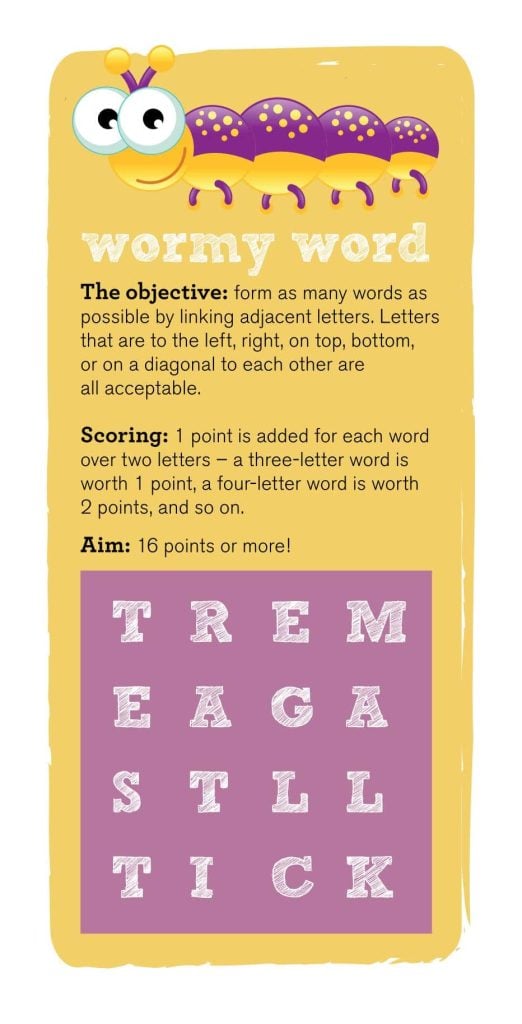
Feeling frazzled about your kiddies picky eating? You’re not alone. Picky eating is a common complaint among parents, with as many as 50% of parents considering their kindergarten aged child a fussy eater.
Picky or fussy eating is the unwillingness to eat familiar foods or try new foods, as well as strong food preference. A little one’s favourite thing to eat may be a hit one week, then quite literally hit the floor the next!
Kids can turn their nose up to food for a variety of reasons, including but not limited to:
- Their development stage. During early childhood, children may be more sceptical about trying new foods or have a more limited range of foods they’re willing to try.
- Food aversions to texture, smell, taste or sight. This may lead to visceral reactions when eating like gagging, spitting or avoiding swallowing.
- Role modelling the eating habits of those around them. If you make it known you don’t enjoy certain foods, they may follow suit!
- Associated rewards or punishment with food. Getting treated with food when doing something good can associate food with rewards.
- Bad experiences. If they’ve had a negative experience with a food previously, like a bout of food poisoning or were pressured to eat something they may avoid eating it in the future.
Ending dinner time battles can be a gradual process, with love, patience and persistence often necessary.
Here are 5 helpful tips to help your picky eater accept, and even learn to enjoy foods:
- Start small. When trying new foods, small portions are often better received. Larger portions can be overwhelming and cause food refusal on the basis of serving size alone! When offering a new food, start with a small amount – even one or two bites – with the goal of slowly increasing serving size at future meals.
- Try a variety of tastes and textures. Children can have big time texture hang-ups. Boiled carrots might not hit the mark but roasting them could be a totally different experience! Give different cooking styles a shot, remembering that if they don’t like it the first time to try again at a later date. Be sure to offer foods at the right consistency, shape and size for your child’s development and age.
- Be a food role model. Little ones primarily learn about food by the habits and food environment around them. Making nutritious eating the norm and having opportunities for them to watch you eat and enjoy nutritious foods, will give them confidence to try new foods.
- Get them engaged. One of the best ways to open kids up to trying new foods is to get them involved. This might look like offering different snack ideas for their lunchbox and having them choose which one they want, leading to ownership and buy-in. Or maybe it’s picking out a kid-friendly recipe that they think looks good to make together as a fun activity, whether that’s stirring the mixing bowl while baking or sprinkling toppings overtop of a pizza. Even establishing a small vege pod and having them grow their own cherry tomatoes might aid in interest and enjoyment.
- Avoid rewards/punishments being associated with food. Offering food as rewards, manifesting in the all-too common catch phrase of ‘if you eat your vegetables you can have dessert’, can make the reward food more desirable and healthy food less desirable. Instead, try a verbal praise to let them know they’ve done well or let them pick a game to play after dinner. These non-food related awards can help promote food neutrality and acceptance.
- Try and make it fun! Where possible make a little smiley face on the toast using some banana ears and blueberries for eyes and a nose or arrange fruits and vegetables in a fun pattern like making a them into a rainbow.
If your child’s eating habits are leading to nutritional concerns, consider seeking advice and support from a healthcare professional.
Danijela Armitage is a NZ Registered Nutritionist with professional experience in child and adolescent nutrition promotion. She shares delicious, nutritionally considered, recipe ideas for the whole family on the digital platform Nourish and Tempt.







